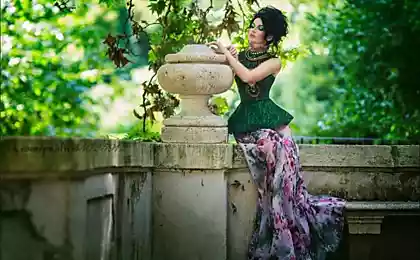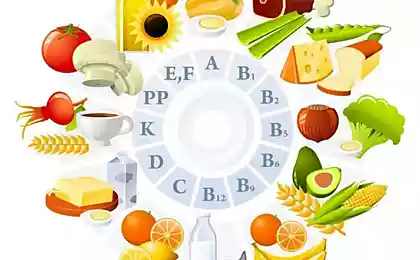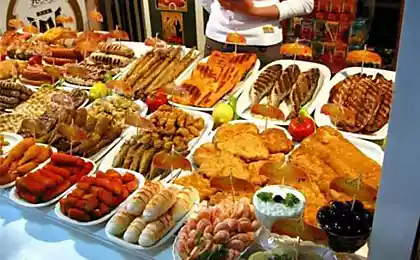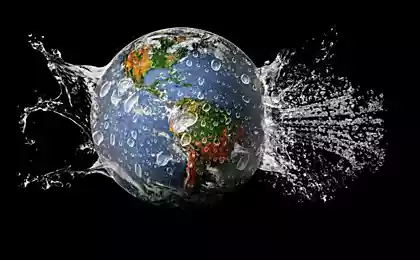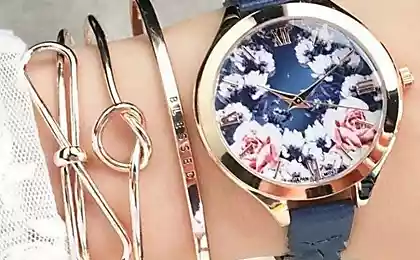901
The nine most deadly minerals on Earth
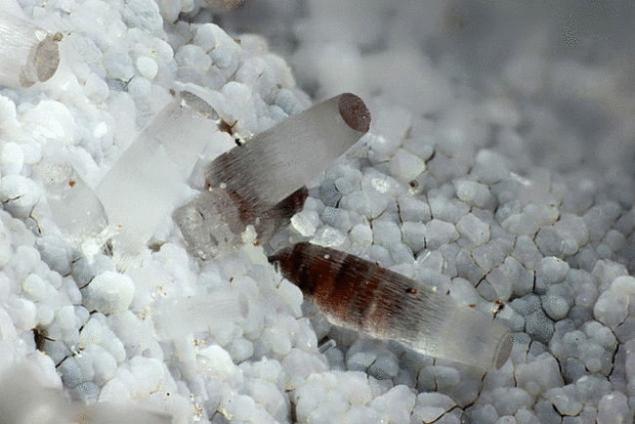
Minerals in the modern world has found very wide application. They are used almost everywhere, starting from production of printed circuit boards to the manufacturing of cookware. However, not all minerals known to science, are equally useful, many of them fatally toxic, and their production and use were so dangerous that some of them were completely withdrawn from production. Some, but not all.
Portal Gizmodo have prepared a selection of the nine most toxic minerals that have been used or are used in industry so far.
Cinnabar (HgS)
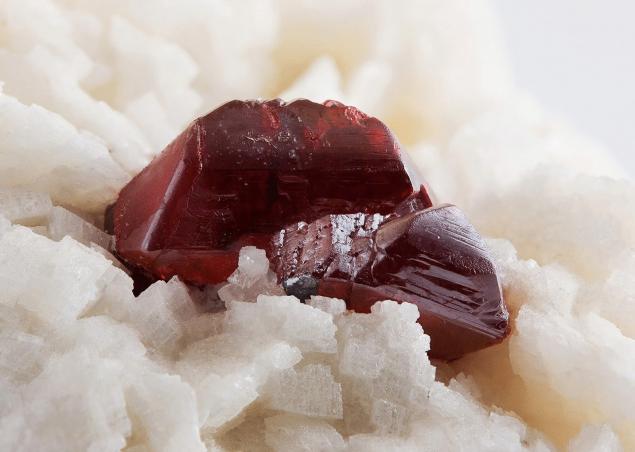
The mercury sulfide, better known as cinnabar, is the main source for elemental mercury since the earliest days of human civilization. Mercury has traditionally been used as a colorant for ceramics and ink for tattoos, but in today's world, it began to actively use in the creation of scientific equipment such as thermometers and barometers, as well as in a number of areas of heavy industry, for example, for cleaning precious metals and chlorine production. You should also not forget the mercury switches, which are used in some types of electronics.
However, the oxidation of this element begins to produce methylmercury and dimethylate two toxic components that can cause irreparable damage to the nervous system of children. Even in small quantities mercury is a deadly substance and can get inside our body through the respiratory tract, alimentary tract and skin. As a result, many enterprises have completely abandoned or starting to abandon the use of this component in its industry.
Pyrite (FeS2)
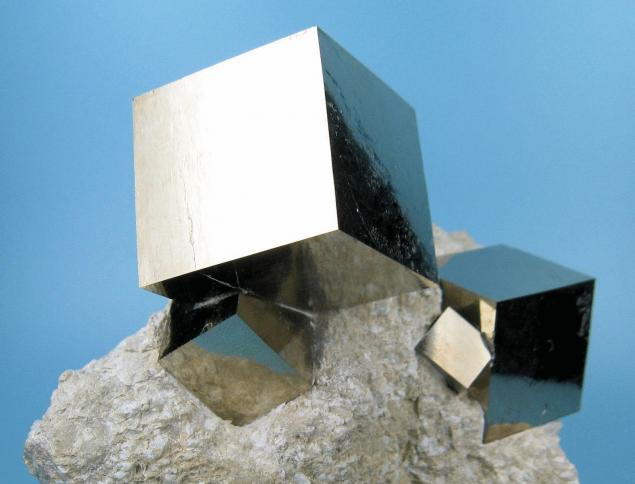
Sulphur and sulphuric acid are widely used in almost all industries. Sulfur can be found in almost everything, from matches and tires and ending with fungicides (chemicals for controlling fungal diseases of plants) and fumigants (used to destroy pathogens of plants). In turn, sulfuric acid is a common component of many production processes, ranging from the production of dyes and finishing with explosives. And that the pyrite formed by the Union of sulphur and iron was the only mineral source for extraction of these components.
Soon the increased mining of pyrite began to cause serious harm to the environment, as extracted mineral began to contaminate nearby groundwater. Furthermore, pyrite has one unpleasant feature: it can spontaneously ignite in contact with air. As a result, auto-ignition and oxidation in air is discharged by — product- highly toxic metals such as arsenic. It is for this reason that in many coal mines the limestone powder is sprayed, which allows slow oxidation of the ore, and prevent its spontaneous combustion.
Today, commercial extraction of pyrite are not already doing. Scientists realized that sulfur can be easily extracted as bio during the processing of natural gas and oil. Extraction of natural sulfur can now be conducted only when necessary to obtain samples.
Fluorite (CaF2)

This amazingly beautiful green stone called fluorite. Consisting of calcium fluoride, fluorite is commonly found next to deposits of such ores as iron and coal. This stone can be used to produce smelting flux, but most often it is used for the production of jewelry and lenses telescopes. When mixed with sulfuric acid fluorite produces hydrogen fluoride is very important in the industry of chemical substance.
However, fluorite can be dangerous for those who is often made out of jewelry, or for those who live near fluorite mines. The fact that fluorite contains fluorine, a soluble mineral that can get into groundwater sources and also enter the lungs, if its spray or burn in coal furnaces.
Once inside the body, the Teflon can cause fluorosis — a very unpleasant and, pardon the tautology, painful sores that weakens our bones and causes damage to the connective tissues. Many rural communities in India, China and the rest of South-East Asia suffer from outbreaks of this disease due to drinking contaminated water (India), or inhaling the mineral (often in China). In the Chinese province Guizhou and the consequences of such contamination affects about 10 million people.
Quartz (SiO2)
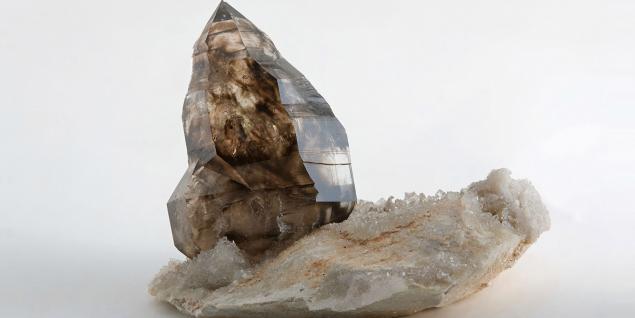
Ranging from optics and electronics to the manufacturing of abrasives and lighters (made of quartz to produce silicon), all using quartz. Quartz is perhaps the most frequently encountered in the earth's crust and the most used mineral. Some believe that its value for the production of the means to ignite (it produces a long spark with the friction of iron) at one time even was the impetus for the development of mining. Today, piezoelectric quartz crystals are essential components in electronics, and electronic clock.
Just do not try to crush it up and snort quartz, if you will, of course, do not want to get a disease called silicosis. A respiratory disease characterized by the formation of sealing tissue in the lungs and lymph nodes, which makes it very difficult to breath. Usually the disease can manifest after about 20 years of being in such an environment, however, in some cases the symptoms may start to occur after 5-15 years. If you take and breathe just a handful of the quartz, then the person will get acute silicosis in which the lungs are filled with fluid. In the end, people will literally drown in the fluids secreted by his body.
In addition, quartz dust can easily cause lung cancer. Most often, the inhalation of quartz dust causes occupational diseases, which manifest themselves when working at factories such as mines, production of abrasives and glass. Consequently, public health organizations of many countries have introduced rules requiring the use on such works of respirators.
Galena (PbS)

Galena is the major source of lead. Lead has been used since the times of Ancient Rome. The Romans used it everywhere: from the production of pipes and melting, to manufacturing of paint and Cutlery. The lead we use today. It is frequently found in batteries and bullets, as shielded protection (for example, x-ray machines and in nuclear reactor vessels). In the past it was used as an additive in paint and fuel, and also used as a means against corrosive chemical substances.
It is not as dangerous as mercury, which will kill you for sure, but the lead hitting you in the body, derived from there can not. It will accumulate for years inside the body and eventually reach the critical toxic concentration. Once that happens, you will have to pay your future children. Moreover, the toxicity of lead can cause you cancer, so it is also teratogenic, i.e., cause congenital malformations in your children.
Phenakite (BeSiO4)
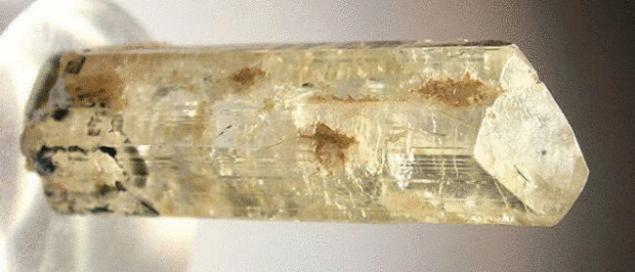
Phenakite is extracted as a suitable material for the production of jewelry, but also as a valuable source of beryllium. Before the beryllium was used as the main source for the production of ceramic materials, but soon people found out that inhaling beryllium dust caused the beryllium — occupational disease characterized by inflammation of the connective tissue of the lungs. It's like silicosis, however, is much more serious and has a chronic character.
From the berylliosis to be cured by a simple reduction of the level of inhaled beryllium will not work. If you earned, beryllium, you will have to live with it the rest of my life. In General, your lungs become hypersensitive to beryllium that causes an allergic reaction in which in your lungs are small nodules, granulomas. Granulomas are very much starting to hinder your breathing, and in worst case he can provoke such diseases as tuberculosis.
Arianit Ca3K2Na2[Al10Si26O72].30H2O (Z = 1)
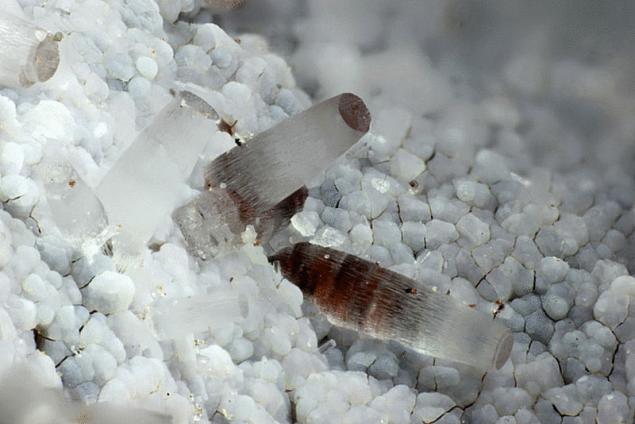
Erionite refers to a group of tseolitov — minerals, similar in composition and properties and are often used as molecular sieves because of their ability to selectively filter (via absorption) as singular molecules from the atmosphere, or from liquids. Most often erionite can be found in volcanic ash. It is used as a catalyst for doping noble metals, cracking of hydrocarbons (refining), and also as a component for the production of fertilizers.
Like many asbestos minerals, erionite can cause mesothelioma — malignant tumor of the mesothelium (the tissue between organs). As soon as people found out about it (it happened in the late 80-ies of the 20th century), mining erionite was immediately decided to stop.
Hydroxyapatite (Ca5(PO4)3(OH))

Phosphorus compounds in the used fertilizers for the garden, as well as phosphorus in the water that flows from your tap, most likely, was produced from the same stone as in the picture above. It is called Apatite. This phosphate mineral is of three types, each of which contains elevated levels of OH-ions (organic and inorganic compounds), F (fluorine) and Cl (chlorine). Hydroxyapatite, in turn, is the main component of our teeth (and bones in General), whereas fluorapatite is a means which is added to the water supply system (it is also used in toothpastes in order to avoid tooth decay and strengthen enamel. Although the presence of strong bones and teeth in humans is an advantage, spraying of hydroxyapatite (as a result of its production or processing) can cause this mineral inside your body, reach the heart and can cause calcification of the valves.
Crocidolite (Na2(Fe2+,Mg)3Fe3+2Si8O22(OH)2)
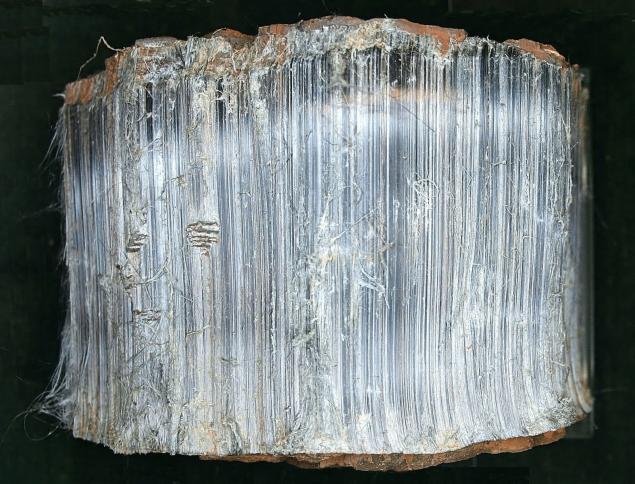
Meet the most dangerous mineral on Earth — crocidolite known as blue asbestos. Once, due to its durability, fire resistance and plastic nature, it is widely used in various commercial and industrial sectors, from the production of ceiling tiles and roofing materials to manufacturing flooring and insulation.
However, in 1964 Dr. Christopher Wagner has identified the link between asbestos and mesothelioma (loss of tissue between the bodies), then the blue asbestos almost instantly disappeared from the market. Unfortunately, many buildings constructed before this time and Dostoevskii until today, still contain blue asbestos.
Source: hi-news.ru
